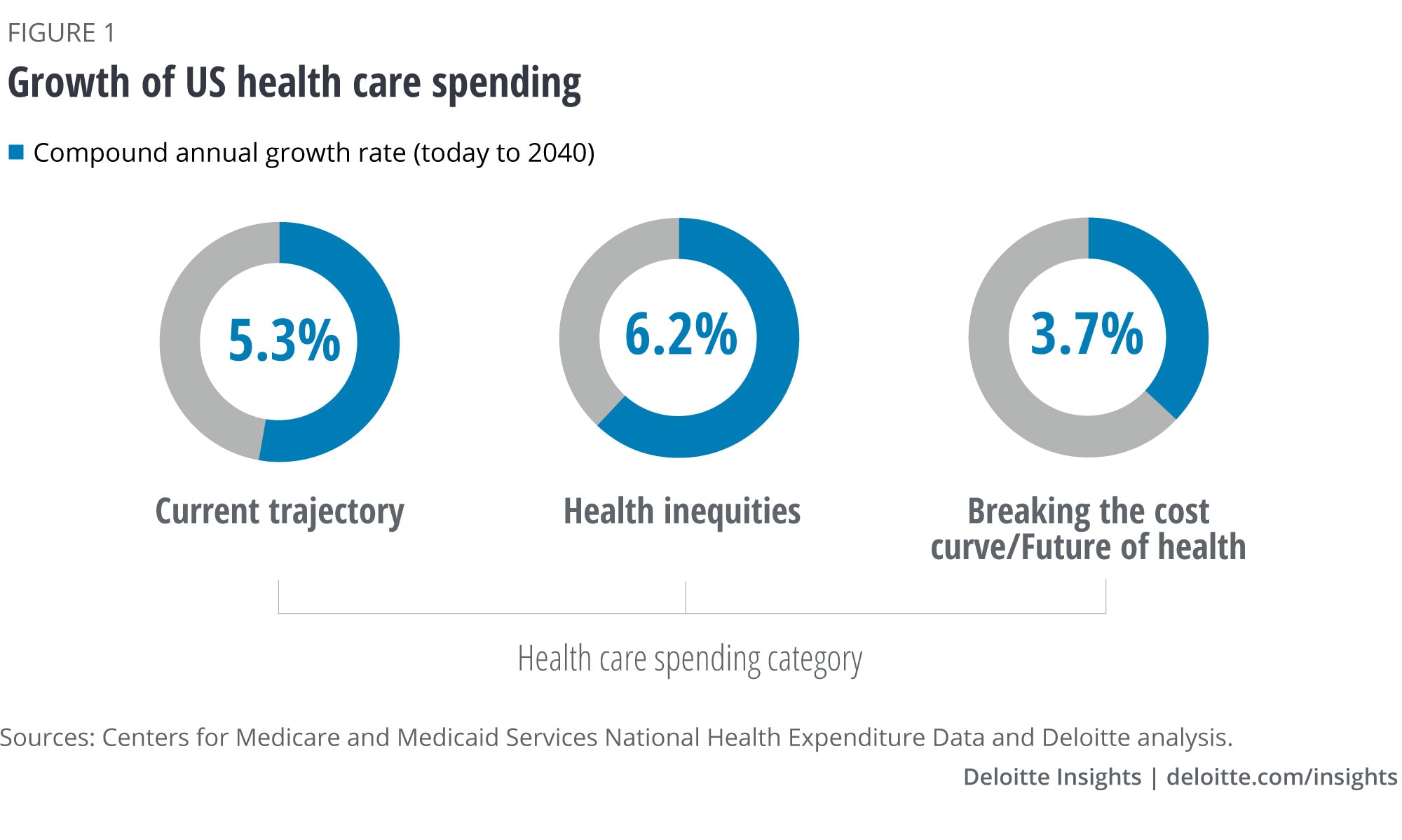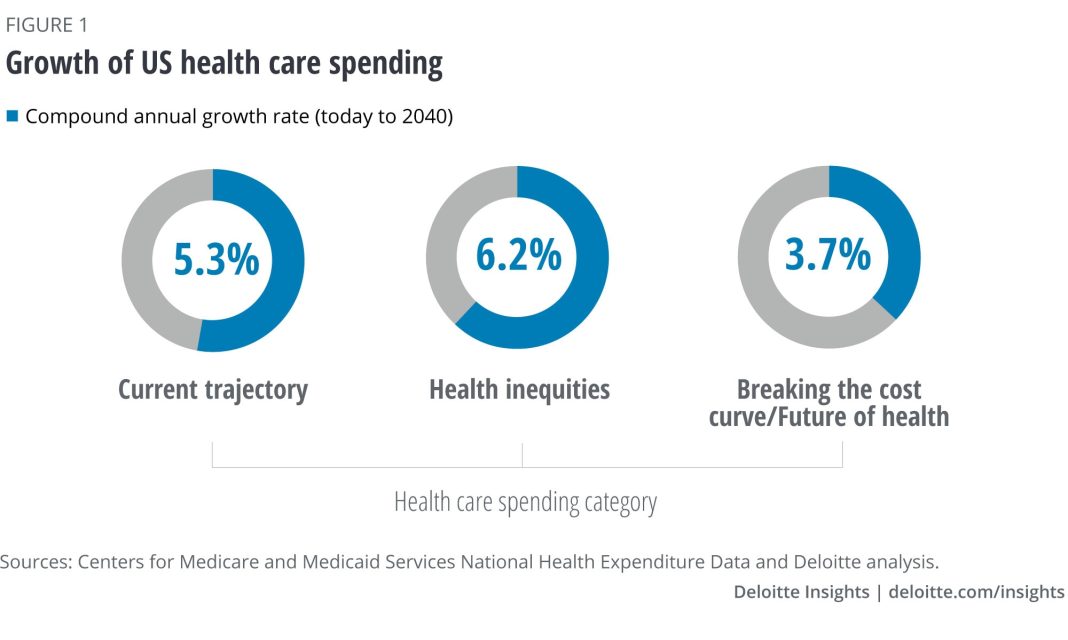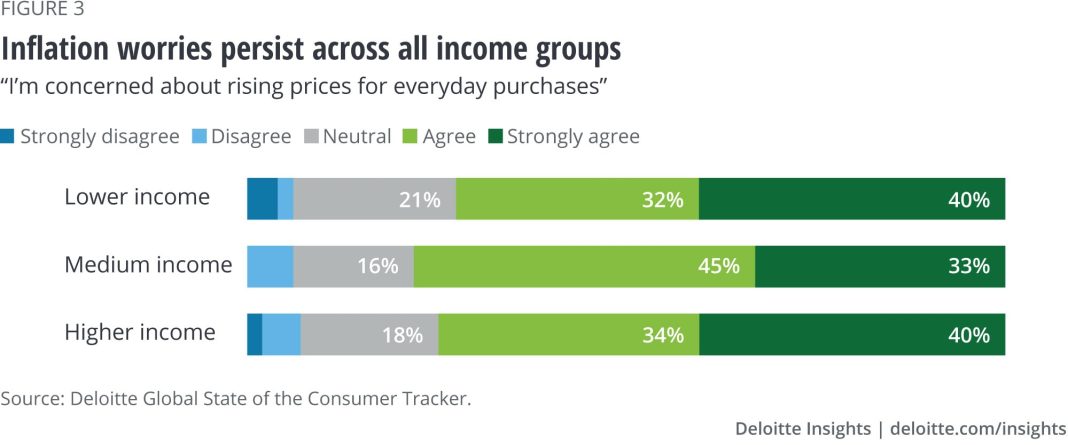 Title: Supreme Court Document Suggests Temporary Reprieve for Abortion Access in Idaho
Title: Supreme Court Document Suggests Temporary Reprieve for Abortion Access in Idaho
Introduction:
A recent document accidentally posted on the US Supreme Court website has shed light on a potential temporary allowance for emergency abortions in Idaho. While the final version of the ruling remains uncertain, the document suggests that the court may prevent the state from denying emergency abortion services to pregnant individuals whose health is at risk. This development stems from the contention that Idaho’s strict abortion ban violates the federal Emergency Medical Treatment and Active Labor Act (EMTALA), which requires hospitals to provide stabilizing treatment for individuals with emergency medical conditions. This article delves into the implications of this revelation and highlights the ongoing challenges surrounding abortion access.
Emergency Abortions and EMTALA:
Idaho’s restrictive abortion ban prohibits doctors from performing procedures when a patient’s health is endangered by the pregnancy, except in limited circumstances. The Biden administration argues that this law contravenes EMTALA, which mandates that hospitals receiving Medicare funding must screen and stabilize all individuals with emergency medical conditions, regardless of their ability to pay. Pregnant individuals were specifically included in EMTALA in 1989 to address reports of hospitals refusing care to uninsured women in labor. While the law does not explicitly mention abortions, the Biden administration’s Reinforcement of EMTALA Obligation in 2021 clarified that stabilizing treatment should override conflicting state laws or mandates. Subsequently, in July 2022, guidance was issued specifying that EMTALA includes stabilization abortion care for medically necessary emergency situations.
The Implications for Abortion Access:
The accidental posting of the Supreme Court document implies that hospitals must provide medically indicated abortions in emergency situations, even in states with abortion bans or restrictions. However, experts caution that this development merely delays a resolution to the larger issue at hand. Molly Meegan, Chief Legal Officer for the American College of Obstetricians and Gynecologists (ACOG), emphasizes that pregnant patients are still struggling to access care, and physicians face uncertainty due to the lack of clear guidelines and the threat of severe penalties. The situation has led some doctors to leave Idaho, feeling unable to practice medicine in alignment with their ethical obligations, training, and judgment.
Impact on Idaho’s Healthcare System:
Idaho’s abortion law has already had immediate consequences for hospitals in the state. When the Supreme Court lifted an injunction on January 5, 2024, Idaho lost EMTALA protections for pregnancy complications. As a result, St. Luke’s, the largest provider of emergency services in the state, had to transfer six pregnant patients out of state via air transport to safeguard their health. In contrast, during the period when the injunction was in effect, the hospital only needed to perform such transfers once. The detrimental effects extend beyond patient care, as physicians report leaving the state due to concerns about practicing medicine in a manner consistent with their professional obligations.
The Broader Implications:
The impact of EMTALA-related decisions reaches far beyond Idaho. Currently, 41 states have abortion bans in effect, with limited exceptions, and 14 states have total bans. Amy Hagstrom Miller, founder and CEO of Whole Woman’s Health, points out that abortion is an essential component of healthcare and critical in emergency room settings to protect pregnant individuals’ health. However, with the Supreme Court’s recent actions challenging Roe v. Wade, doctors find themselves uncertain about the extent of their allowed practices. The restrictions on abortion have left healthcare providers grappling with how to deliver essential care within these evolving legal frameworks.
Continued Confusion and Disparities:
Law professor Elizabeth Sepper notes that even in states with abortion bans containing “health” exceptions, there is often a discrepancy between these exceptions and the standards set by EMTALA. Consequently, confusion persists across states regarding the scope of emergency abortion care. Alexa Kolbi-Molinas, deputy director of the ACLU’s Reproductive Freedom Project, points to Idaho as a distressing example of the consequences when laws strip pregnant individuals of their right to emergency abortion care. Kolbi-Molinas expresses disappointment in the Supreme Court’s ruling, highlighting the missed opportunity to uphold access to essential care for all.
Conclusion:
While the accidental posting of the Supreme Court document provides a glimmer of hope for temporary abortion access in Idaho, the larger issue surrounding abortion rights and healthcare disparities persists. The potential allowance for emergency abortions underscores the conflict between state abortion bans and federal regulations like EMTALA. The ongoing confusion surrounding abortion access not only affects Idaho but also resonates across numerous states, leaving healthcare providers uncertain about their ability to deliver necessary care. It is crucial to continue advocating for reproductive rights and access to comprehensive healthcare to ensure the well-being of pregnant individuals nationwide.


